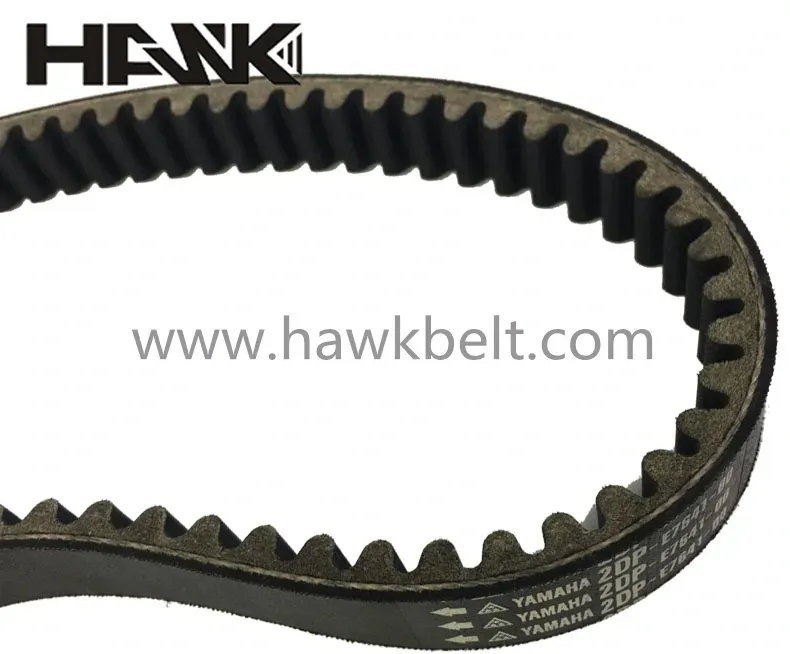- Arabic
- French
- Russian
- Spanish
- Portuguese
- Turkish
- Armenian
- English
- Albanian
- Amharic
- Azerbaijani
- Basque
- Belarusian
- Bengali
- Bosnian
- Bulgarian
- Catalan
- Cebuano
- Corsican
- Croatian
- Czech
- Danish
- Dutch
- Afrikaans
- Esperanto
- Estonian
- Finnish
- Frisian
- Galician
- Georgian
- German
- Greek
- Gujarati
- Haitian Creole
- hausa
- hawaiian
- Hebrew
- Hindi
- Miao
- Hungarian
- Icelandic
- igbo
- Indonesian
- irish
- Italian
- Japanese
- Javanese
- Kannada
- kazakh
- Khmer
- Rwandese
- Korean
- Kurdish
- Kyrgyz
- Lao
- Latin
- Latvian
- Lithuanian
- Luxembourgish
- Macedonian
- Malgashi
- Malay
- Malayalam
- Maltese
- Maori
- Marathi
- Mongolian
- Myanmar
- Nepali
- Norwegian
- Norwegian
- Occitan
- Pashto
- Persian
- Polish
- Punjabi
- Romanian
- Samoan
- Scottish Gaelic
- Serbian
- Sesotho
- Shona
- Sindhi
- Sinhala
- Slovak
- Slovenian
- Somali
- Sundanese
- Swahili
- Swedish
- Tagalog
- Tajik
- Tamil
- Tatar
- Telugu
- Thai
- Turkmen
- Ukrainian
- Urdu
- Uighur
- Uzbek
- Vietnamese
- Welsh
- Bantu
- Yiddish
- Yoruba
- Zulu
ธ.ค. . 23, 2024 03:07 Back to list
Understanding the Function and Importance of Transmission Belts in Machinery Systems
Understanding Transmission Belts Their Role and Importance in Machinery
Transmission belts are an integral component in many mechanical systems, crucial for transferring power or motion from one part of machinery to another. From industrial machines to everyday appliances like washing machines and cars, these belts play a vital role in ensuring efficiency and reliability in operation. This article will delve into the basics of transmission belts, their types, applications, and maintenance.
What is a Transmission Belt?
A transmission belt is a flexible band or loop of material that connects two or more rotating shafts, enabling them to transmit power and synchronized motion. They can come in various shapes and sizes, depending on their specific application. The most common types of transmission belts include V-belts, flat belts, and timing belts. Each type has its own unique characteristics and is designed for specific applications, making it important for engineers to choose the right one for their needs.
Types of Transmission Belts
1. V-Belts These are perhaps the most widely used type of transmission belt. Their trapezoidal cross-section allows them to fit snugly into sheaves or pulleys, providing a good grip. They are ideal for high-torque applications, making them suitable for automotive engines, fan drives, and industrial machines.
2. Flat Belts Flat belts have a rectangular cross-section and are generally used for transmitting low to moderate power over longer distances. They are often used in agricultural machines and older industrial equipment. While they have a lower surface area compared to V-belts, they can cover larger distances without the need for multiple pulleys.
3. Timing Belts Timing belts are equipped with teeth that fit into corresponding grooves on the pulleys. This design ensures precise movement and synchronization between the shafts, making them ideal for applications where timing is crucial, such as in car engines and CNC machines.
Applications of Transmission Belts
Transmission belts are found in a plethora of applications
transmission belt

- Automotive Industry In vehicles, timing belts ensure the engine's components work in harmony, while serpentine belts drive various accessories like alternators, power steering pumps, and air conditioning compressors.
- Industrial Machinery Many factories utilize different types of belts to transfer power between motors and conveyor systems. Flat belts, for example, are often used in assembly lines.
- Household Appliances Washing machines and dryers often use belts to drive their drums, enhancing their efficiency in performing cycles.
Maintenance and Care
Proper maintenance of transmission belts is essential to ensure the longevity and efficiency of the machinery they are part of. Here are some tips for maintaining these belts
1. Regular Inspections Regularly check for signs of wear, such as cracks, fraying, or stretching. Early detection can prevent more significant issues down the line.
2. Proper Tensioning Ensure that belts are correctly tensioned. A belt that’s too loose can slip, while one that’s too tight can lead to excessive wear and potential breakage.
3. Replacement Follow the manufacturer’s recommendations for replacement intervals. Signs that a belt needs to be replaced include noticeable wear, poor performance, or unusual noises during operation.
Conclusion
Transmission belts are an essential part of many mechanical systems, facilitating the transfer of power across various applications. Understanding the types of belts, their uses, and how to maintain them is crucial for maximizing the efficiency of machinery. By investing in proper maintenance and timely replacements, operators can ensure that their machines run smoothly and reliably, thereby enhancing productivity in both industrial and domestic settings.
-
Variable Belt Drive AI Optimized for Efficiency
NewsAug.05,2025
-
High-Quality Tensioner Belt Pulley - Durable & Efficient
NewsAug.03,2025
-
Premium Timing Belt Factory | AI-Optimized Solutions
NewsAug.02,2025
-
Heat Joining Drive Belt | High-Durability Fusion Solution
NewsJul.31,2025
-
Timing Belt Video Guide: Selection, Design & Quality Insights
NewsJul.30,2025
-
High-Performance Variable Speed V Belt Drive for Efficient Power Transmission
NewsJul.30,2025

